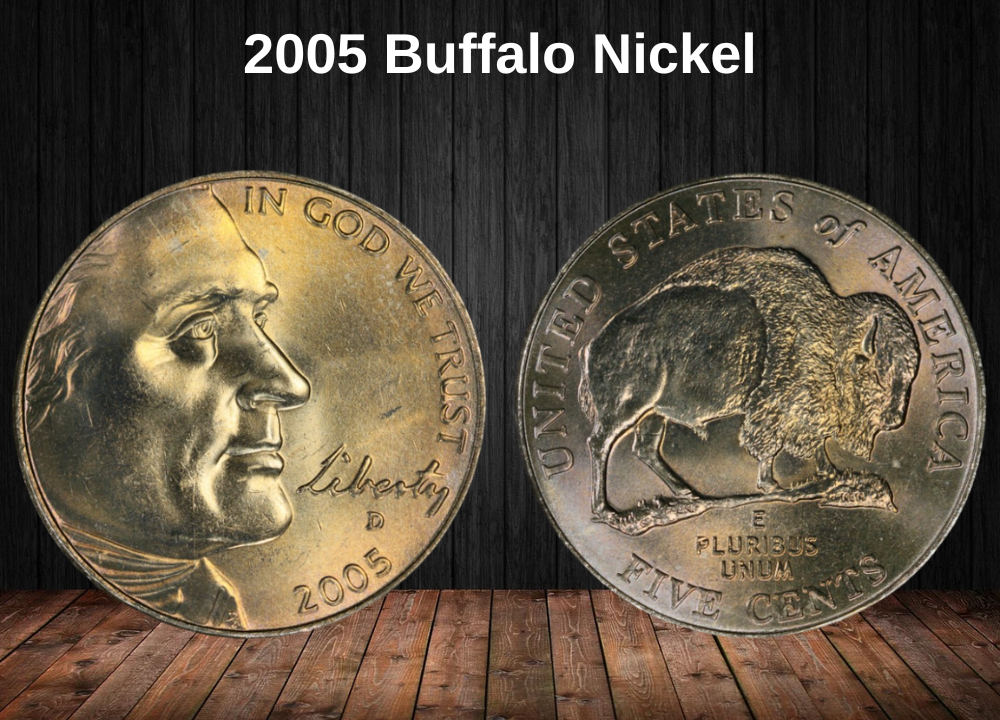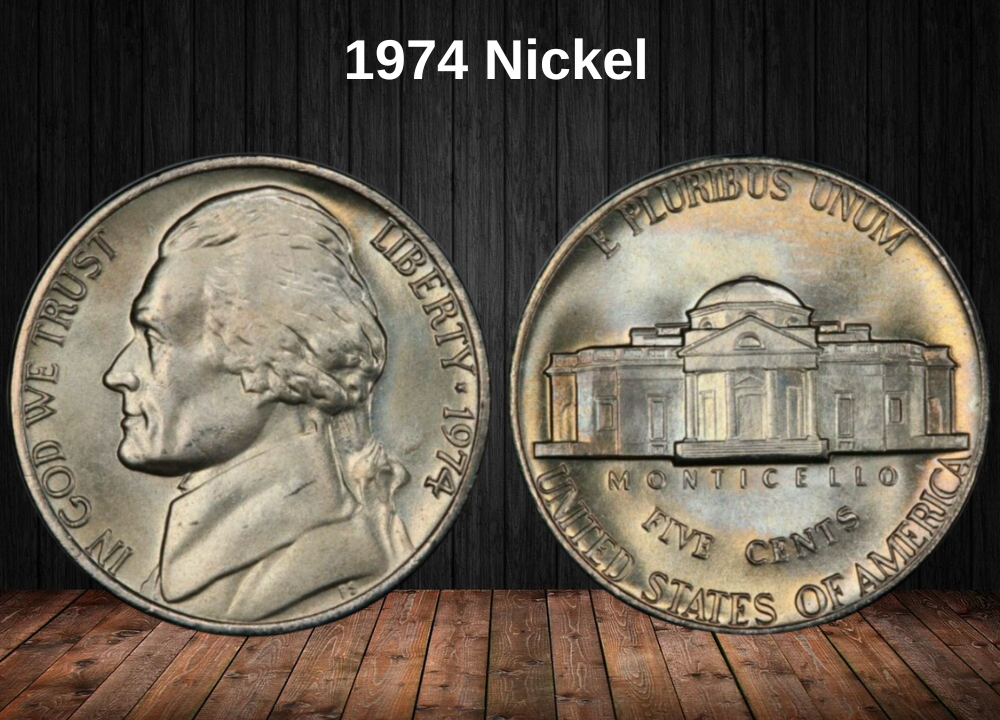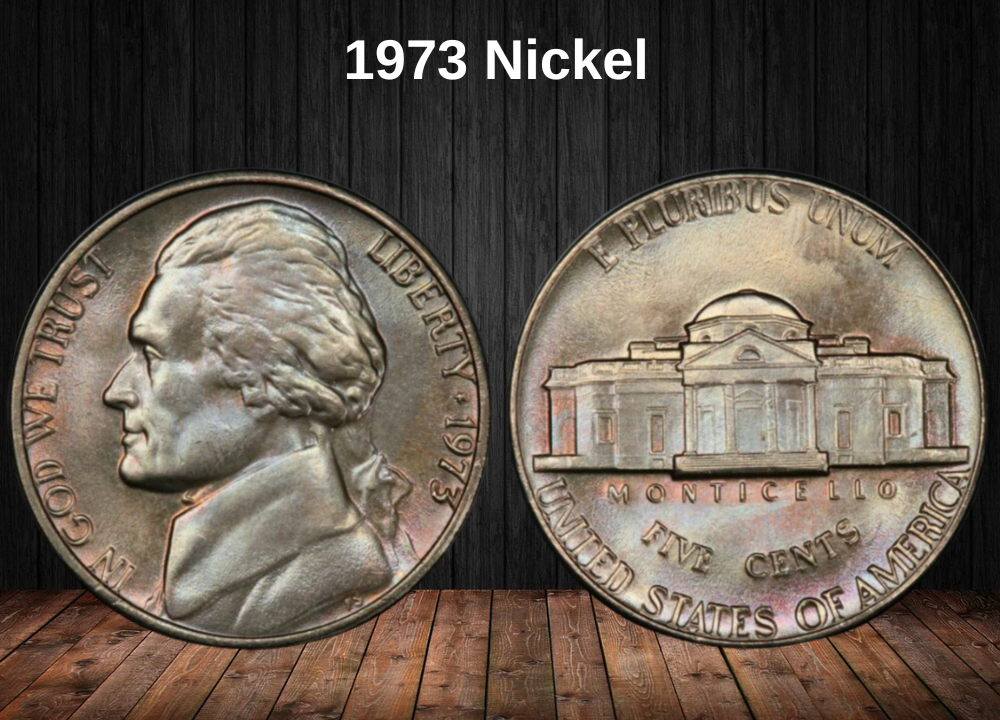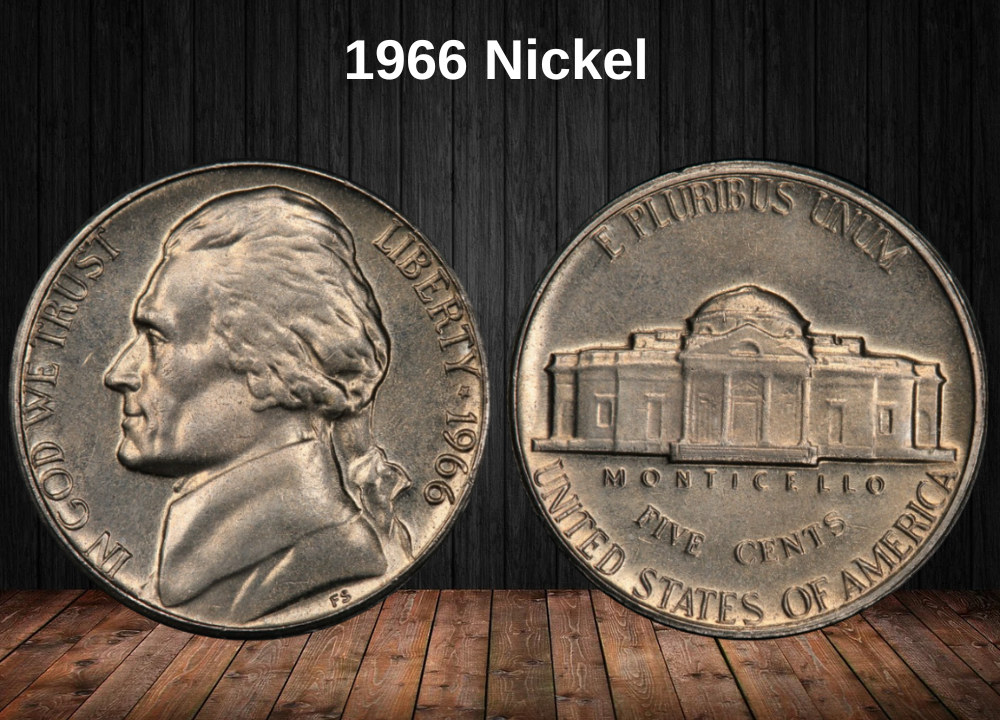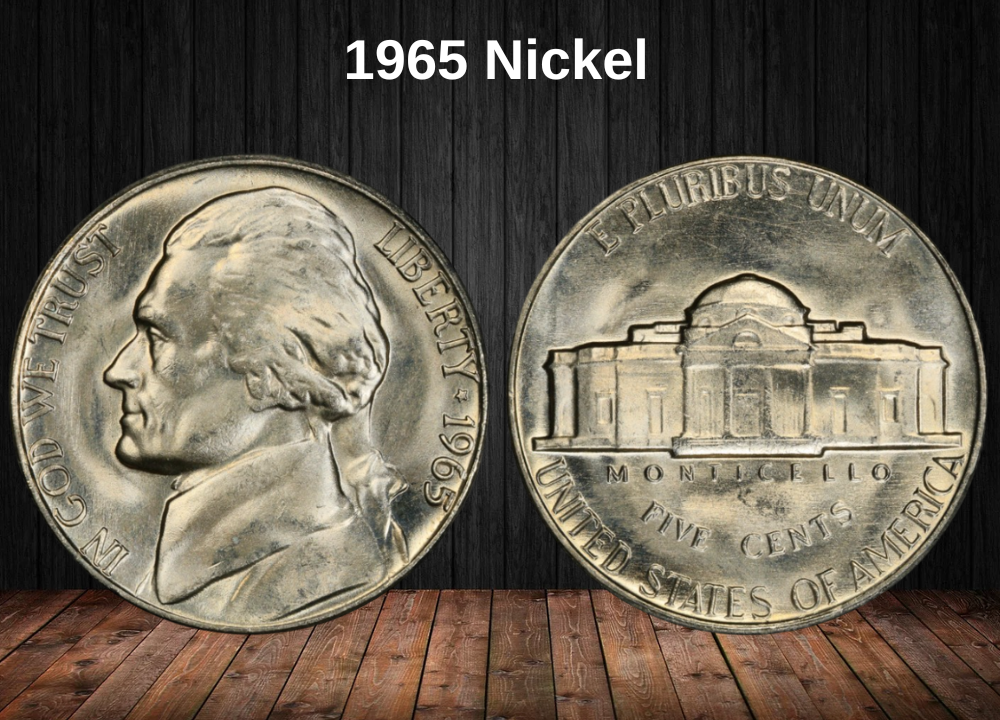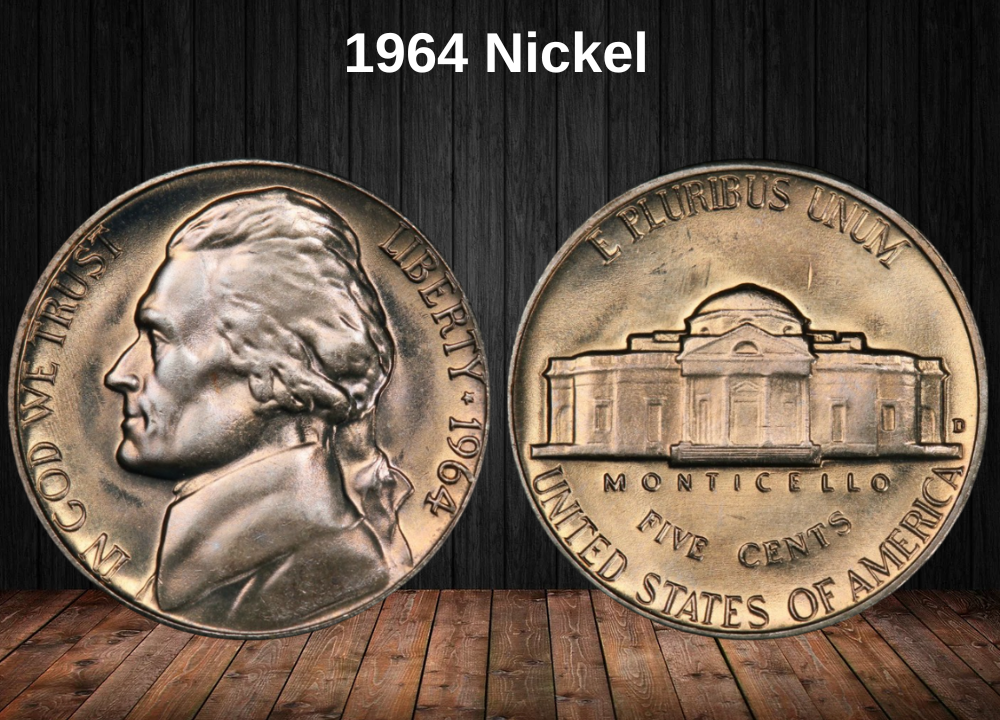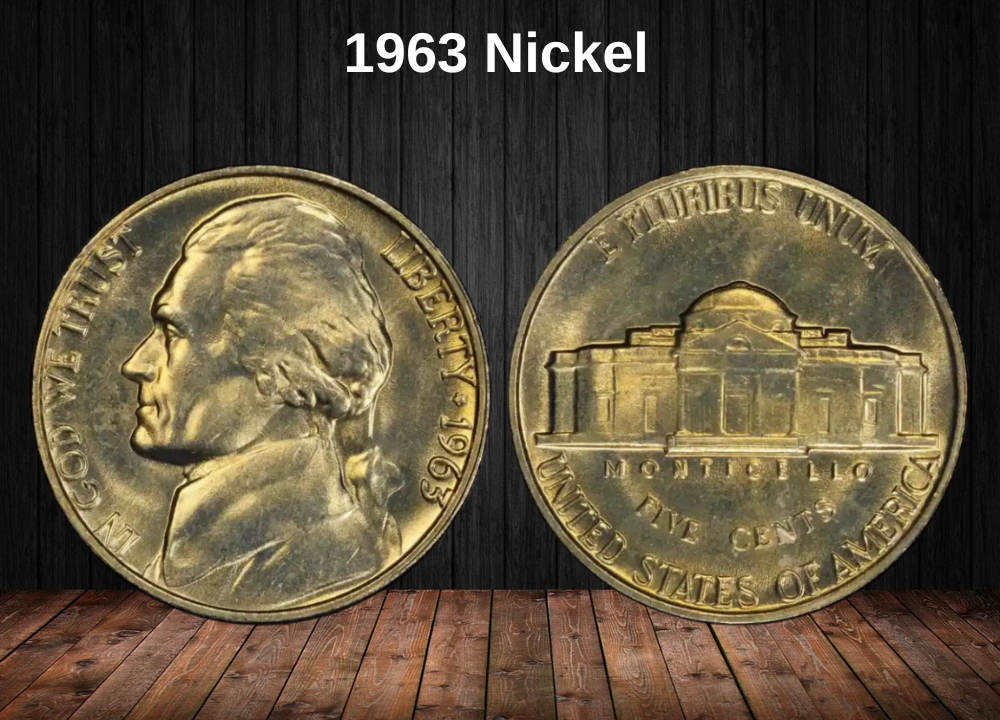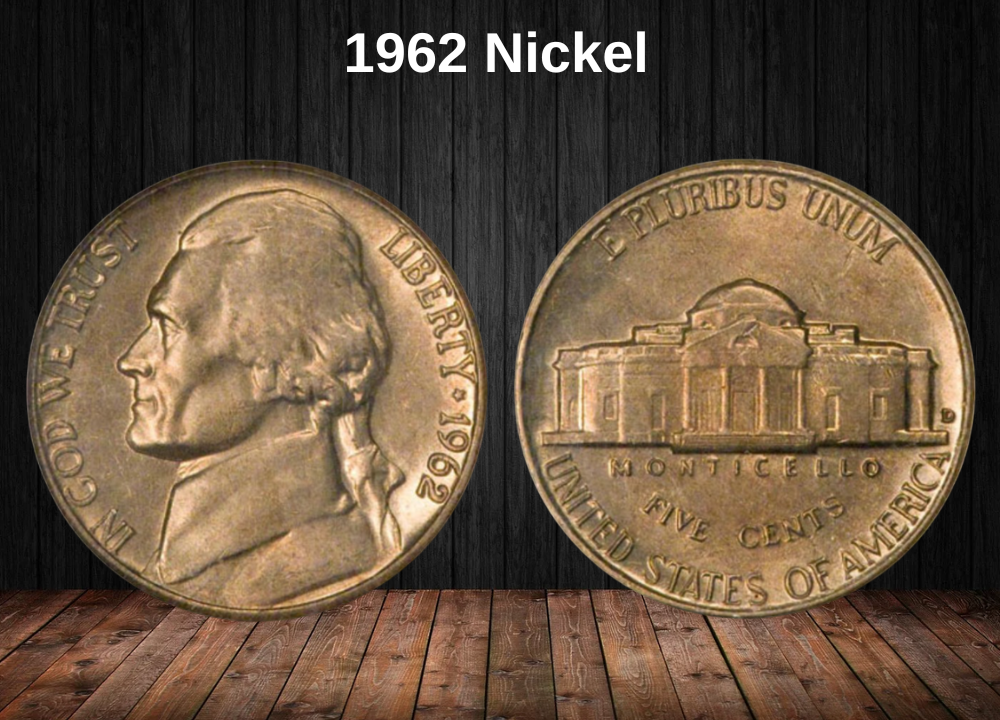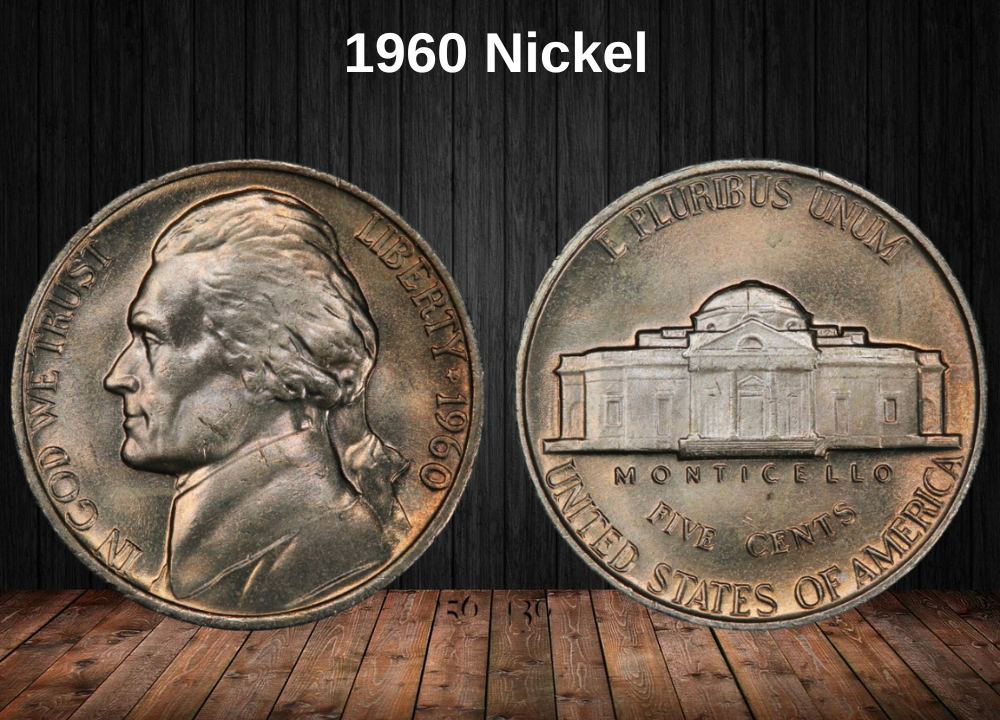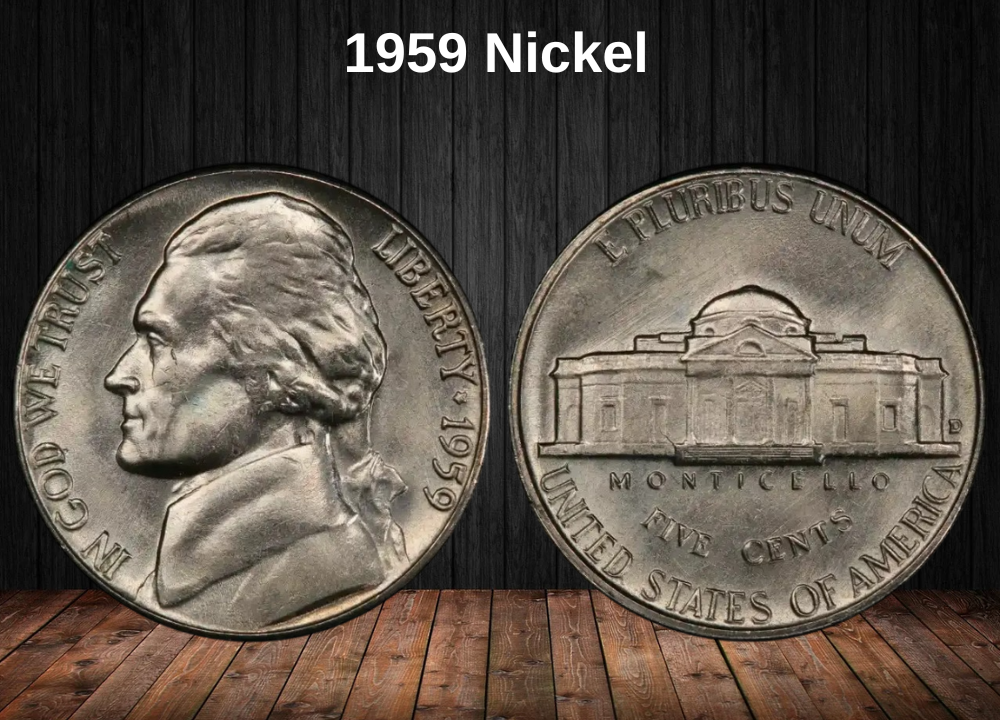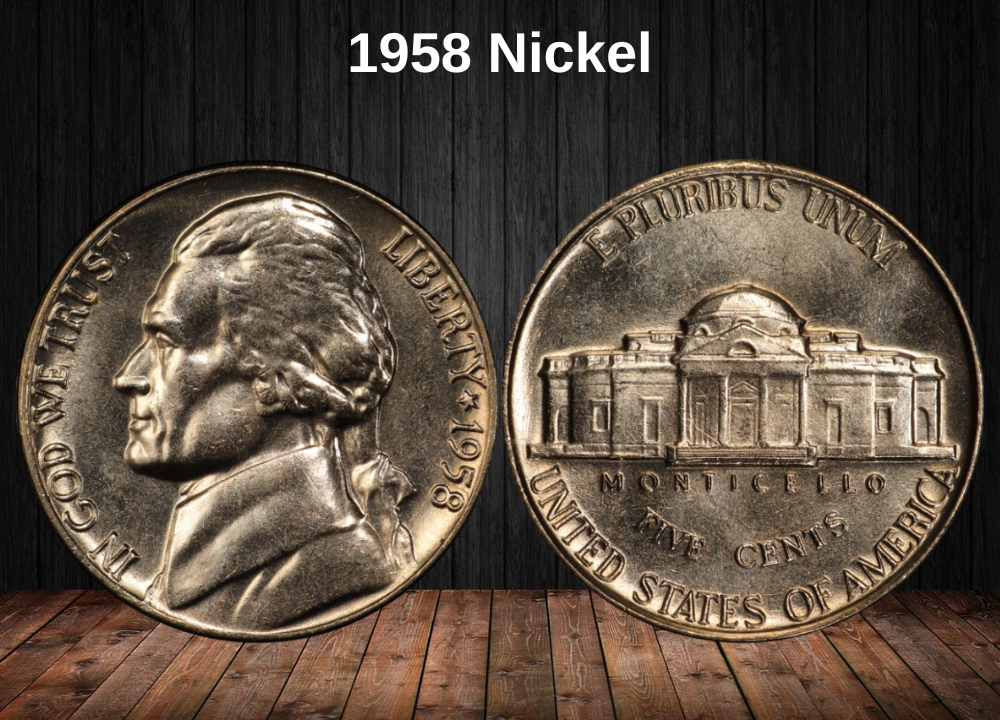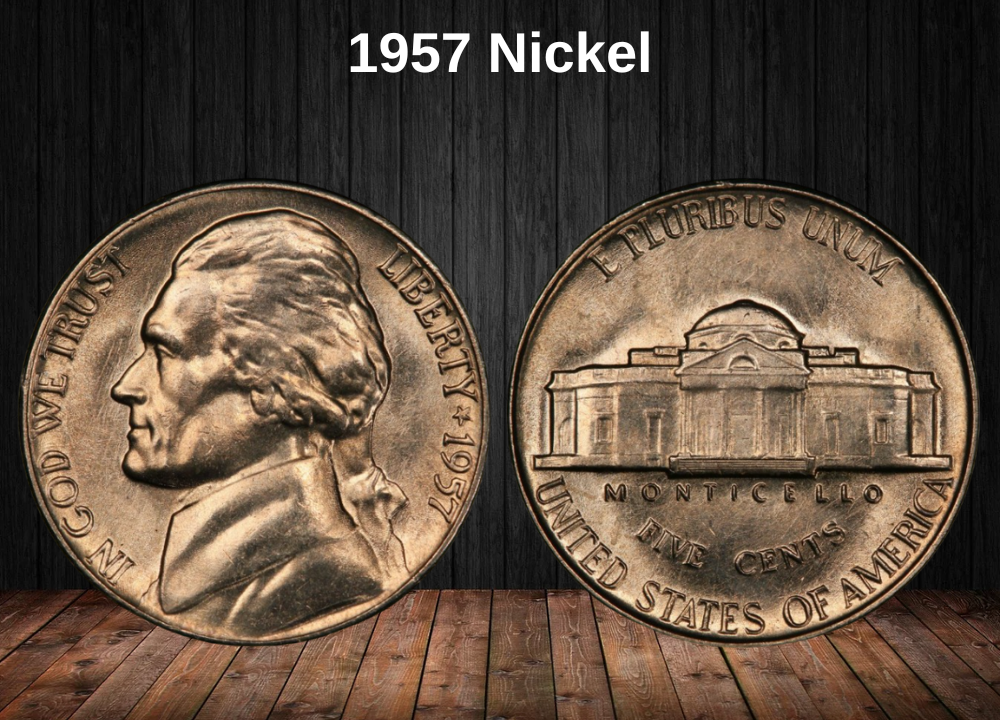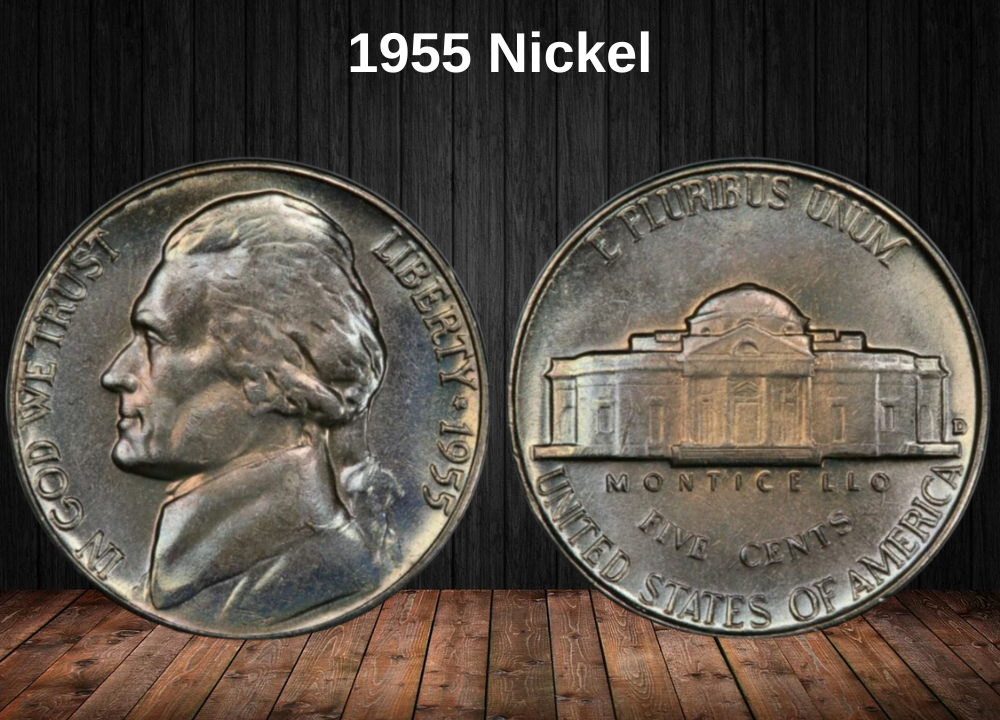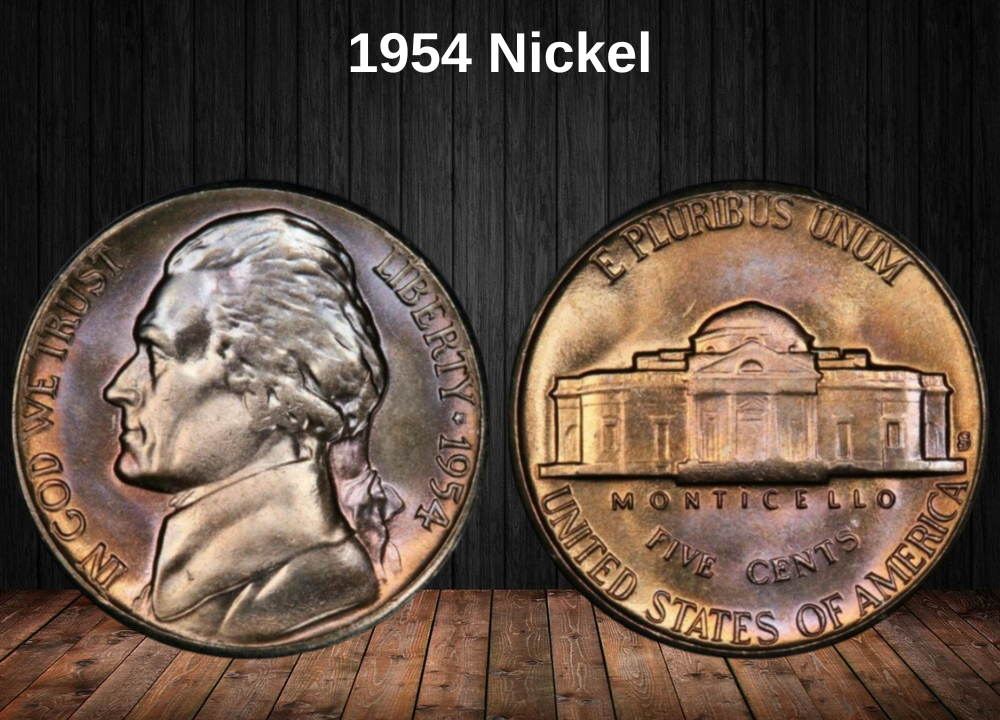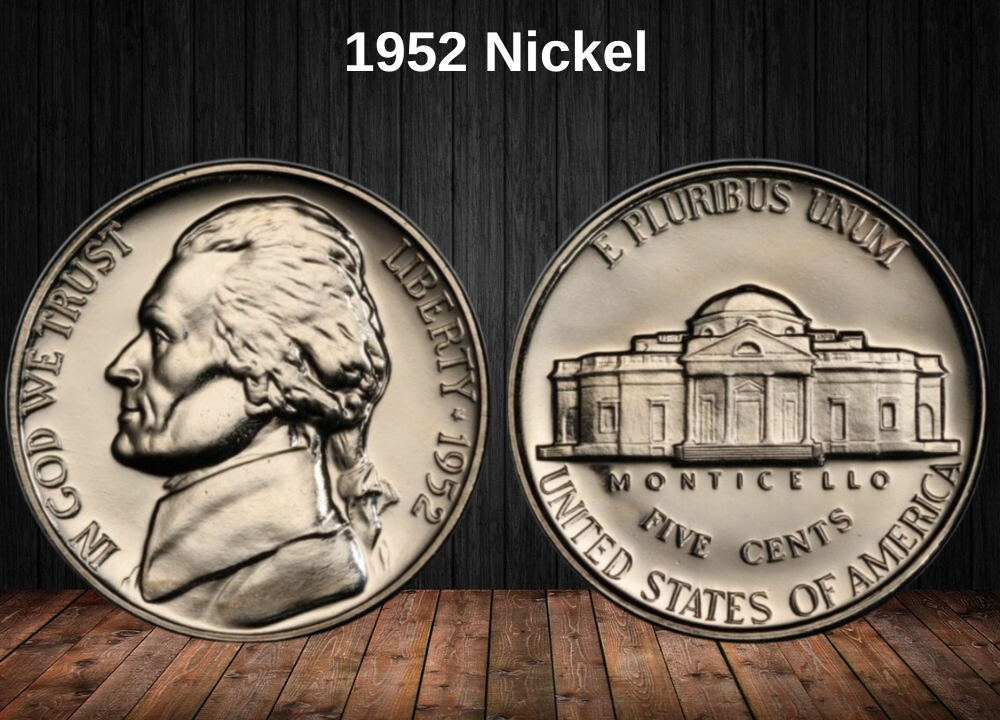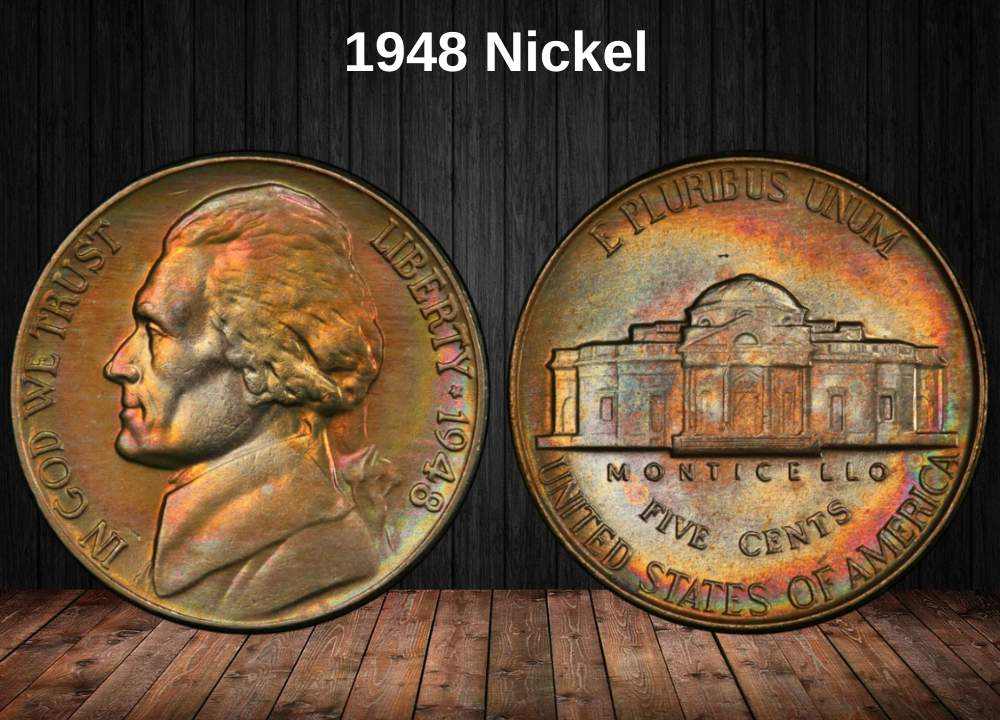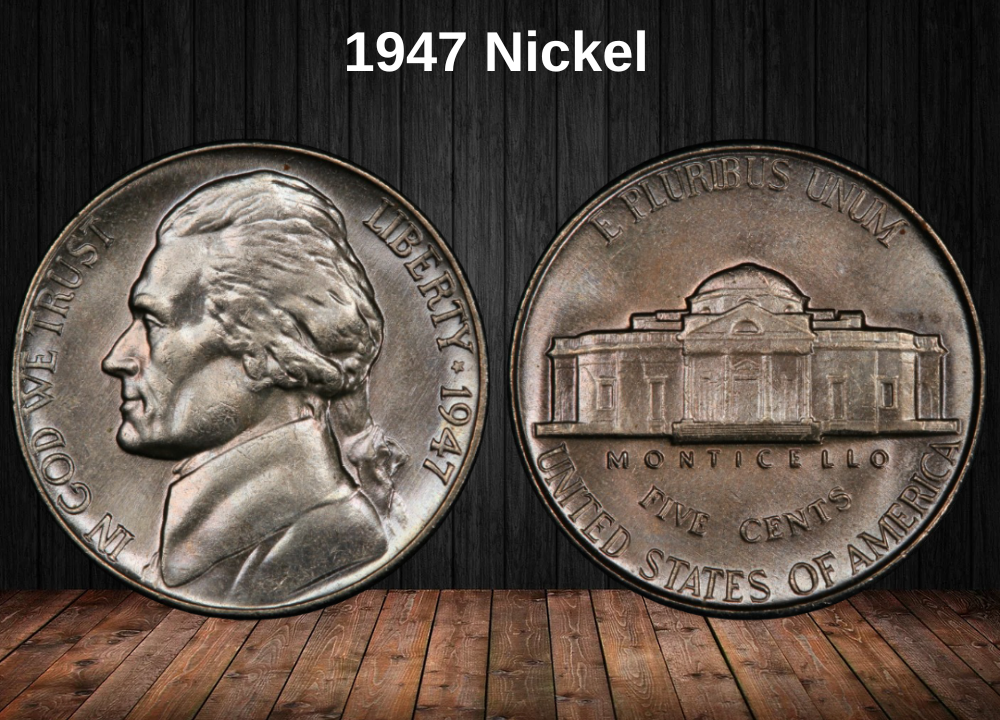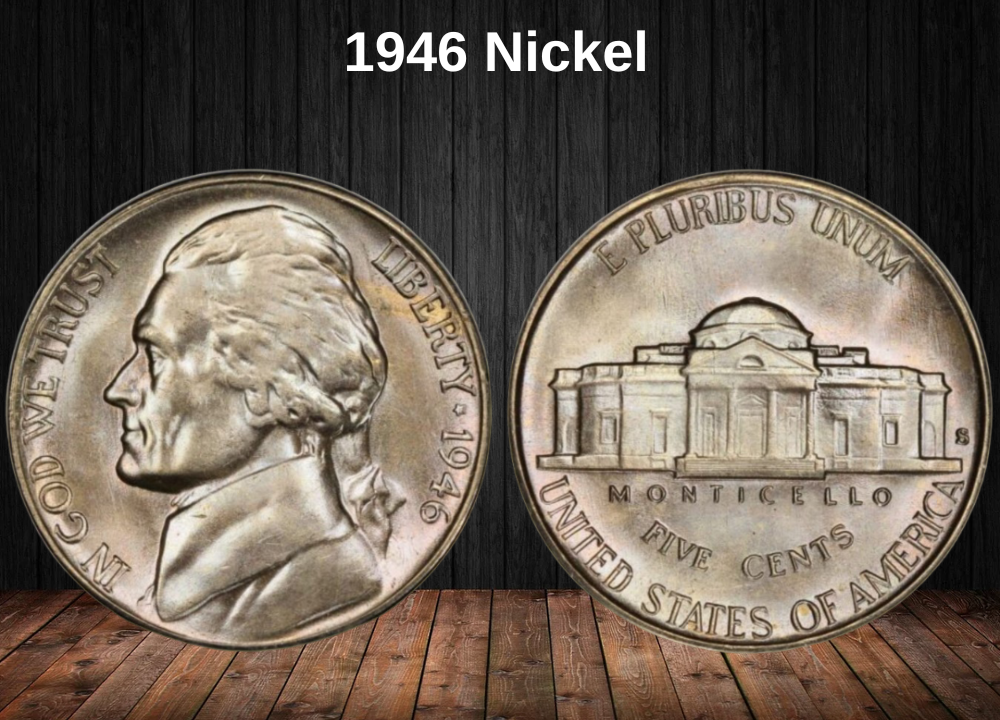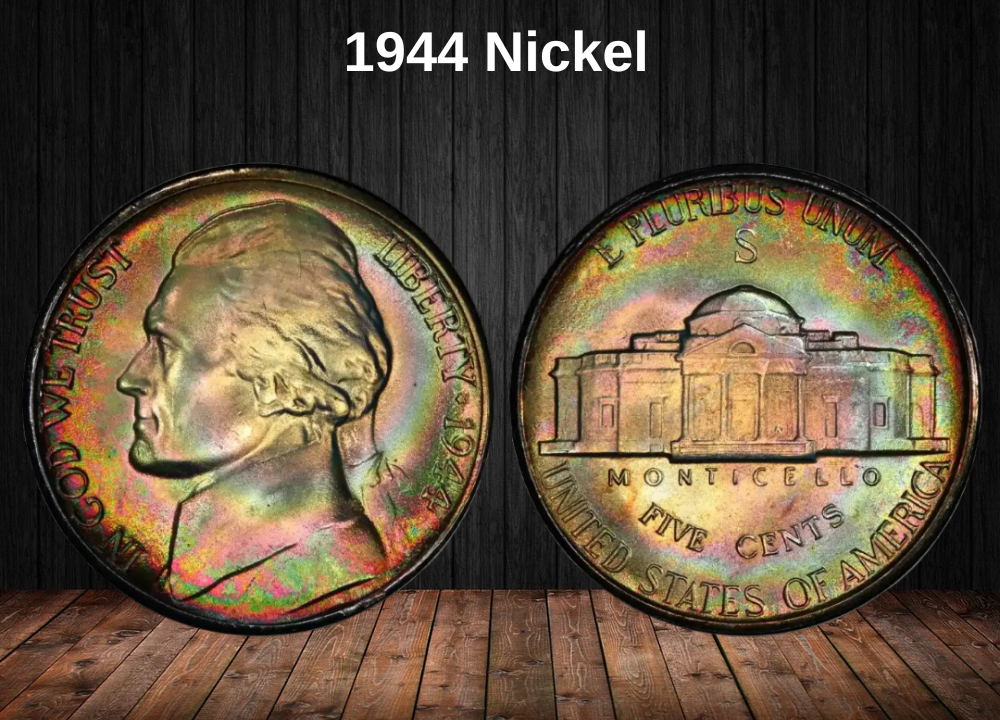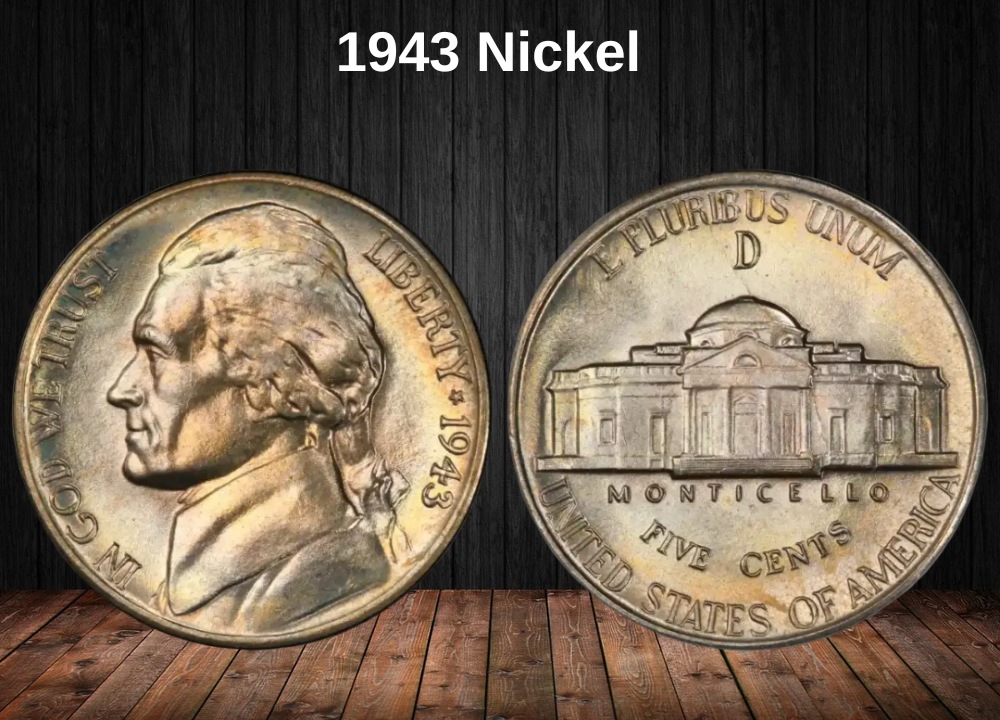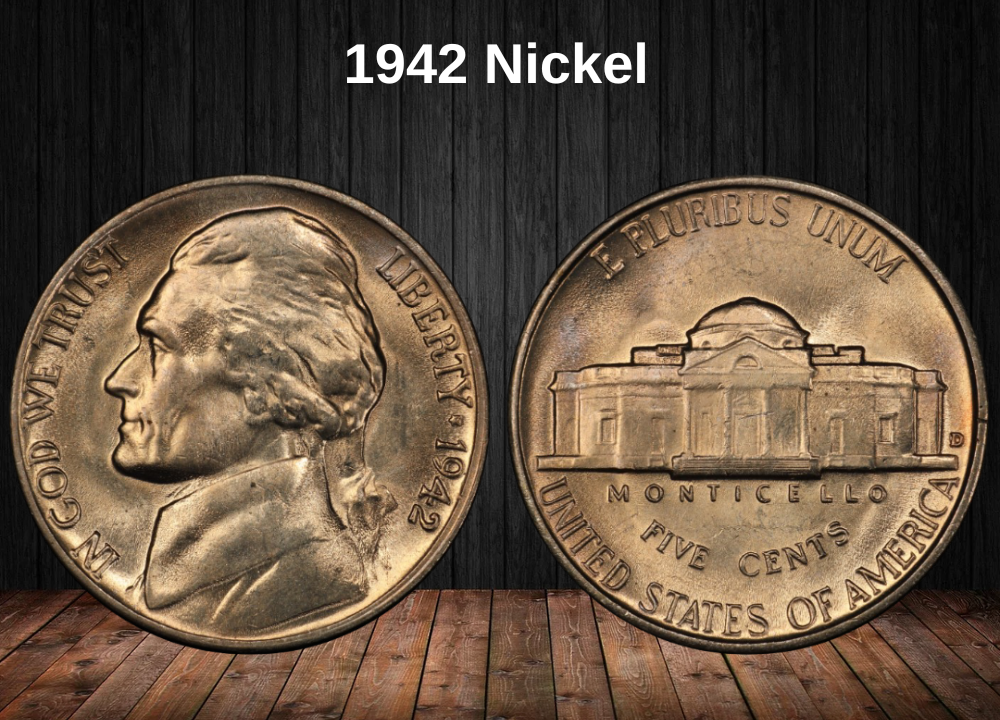If you have a 5-cent coin from 1970, it’s a Jefferson nickel — but not all are created equal. While most are worth only face value, some 1970 nickels can sell for hundreds or even thousands of dollars, depending on their condition, mint mark, and whether they carry rare mint errors.
In this complete guide, we’ll break down the 1970 nickel value, explain the history and features of this coin, provide detailed pricing for each variety, and show you the rare errors that make certain examples highly valuable.
1970 Nickel Value Chart
| Mint Mark | XF45 | MS60 | MS65 | MS66 |
|---|---|---|---|---|
| 1970 D Nickel Value | – | $1 | $20 Full Steps: $5,500 | $70 Full Steps: $10,500 |
| 1970 S Nickel Value | – | $1 Full Steps: $32 | $22 Full Steps: $500 | $46 Full Steps: $3,250 |
| Grade | PR60 | PR65 | PR67 | PR69 |
|---|---|---|---|---|
| 1970 S Proof Nickel Value | $1 Cameo: $1 Deep Cameo: $3 | $1 Cameo: $4 Deep Cameo: $5 | $3 Cameo: $8 Deep Cameo: $17 | $10 Cameo: $18 Deep Cameo: $375 |
History of the 1970 Nickel
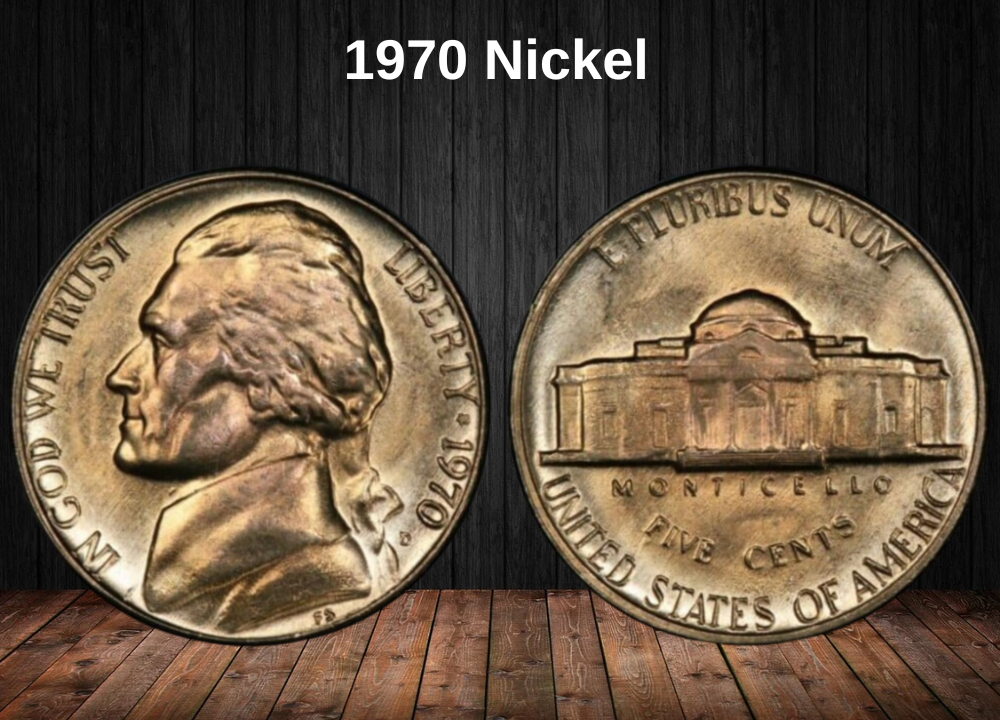
The 1970 Jefferson nickel belongs to the long-running Jefferson nickel series, first issued in 1938 to replace the Buffalo nickel. Named for the portrait of President Thomas Jefferson on the obverse, these coins were designed by Felix Schlag.
The metal composition in 1970 was the same as today: 75% copper and 25% nickel. During WWII, from 1942 to 1945, nickels used silver and manganese instead to save nickel for military purposes — but by 1970, the regular alloy was back.
In this year, only the Denver (D) and San Francisco (S) mints produced nickels. Philadelphia was not striking nickels in 1970. San Francisco made both circulation coins and proofs, but 1970 was among the final years that “S” mint mark nickels were made for circulation.
Features of the 1970 Nickel
The Obverse of the 1970 Nickel
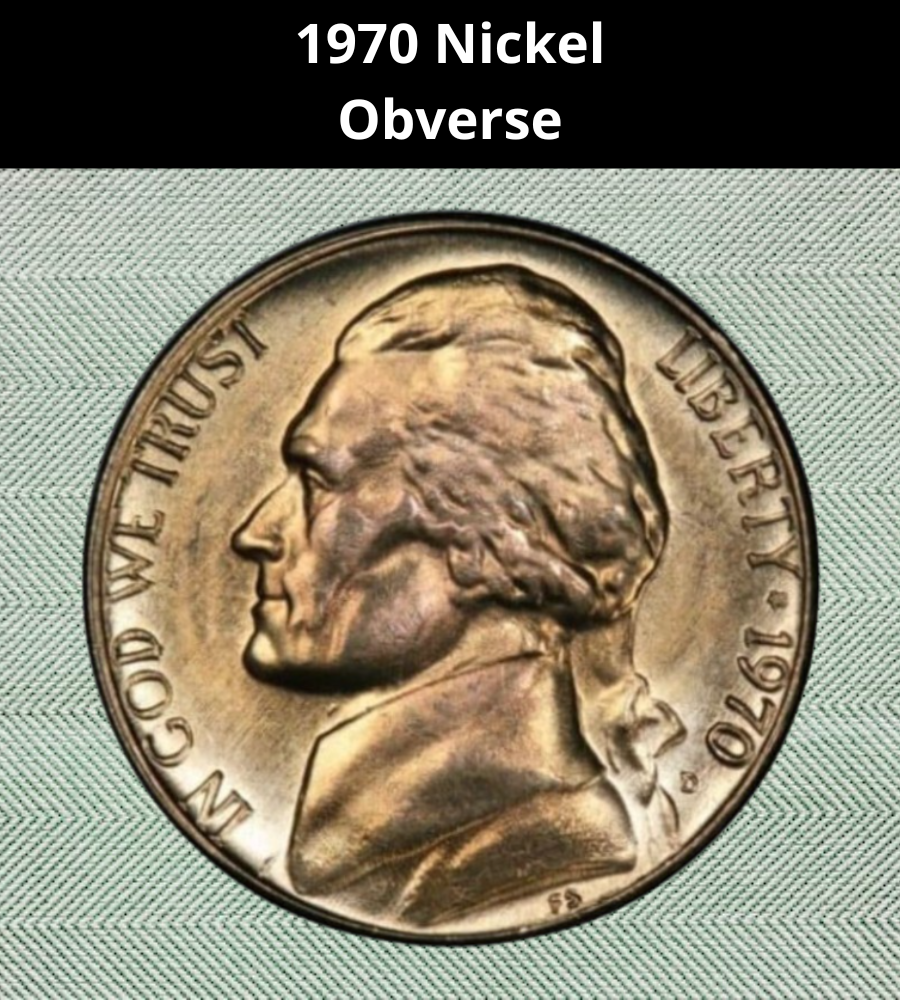
The obverse shows a left-facing bust of Thomas Jefferson with “IN GOD WE TRUST” to the left and “LIBERTY ★ 1970” to the right.
The mint mark (“D” or “S”) is just under the date. Designer Felix Schlag’s initials “FS” appear near Jefferson’s shoulder.
The Reverse of the 1970 Nickel
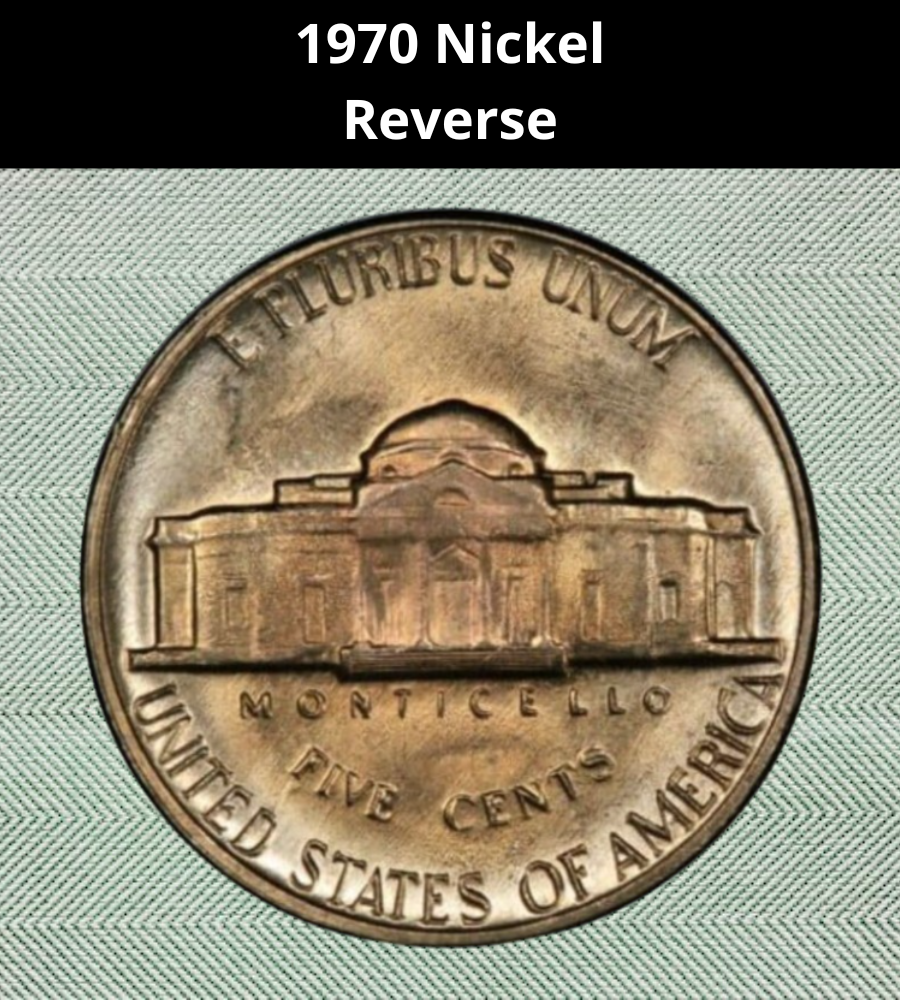
The reverse depicts Monticello, Jefferson’s Virginia home, in a straight-on view. The inscriptions include:
- “E PLURIBUS UNUM” at the top
- “MONTICELLO” below the building
- “FIVE CENTS” and “UNITED STATES OF AMERICA” at the bottom.
Other Features of the 1970 Nickel
- Weight: 5 g
- Diameter: 21.2 mm
- Composition: 75% copper, 25% nickel
- Edge: Plain
Collectors also value coins with the Full Steps (FS) designation, meaning all six steps on Monticello are fully visible without weakness. FS coins are far scarcer and command much higher prices.
1970 Nickel Grading
Grading ranges from circulated grades like Fine (F) or Extremely Fine (XF) up to Mint State (MS60–MS70).
| # | Grade |
|---|---|
| 1 | Basal State-1 |
| 2 | Fair |
| 3 | Very Fair |
| 4, 5, 6 | Good |
| 7, 8, 10 | Very Good |
| 12, 15 | Fine |
| 20, 30 | Very Fine |
| 40 | Extremely Fine |
| 50 | About Uncirculated |
| 60 | Mint State |
| 65 | Mint State |
| 70 | Mint State |
- MS60: Uncirculated but with many marks.
- MS65: Gem quality with only minor marks.
- MS67+: Superb, very rare.
- FS designation**: Increases value dramatically, especially for Denver coins.
1970 Nickel Value Guides
1970 D Nickel Value
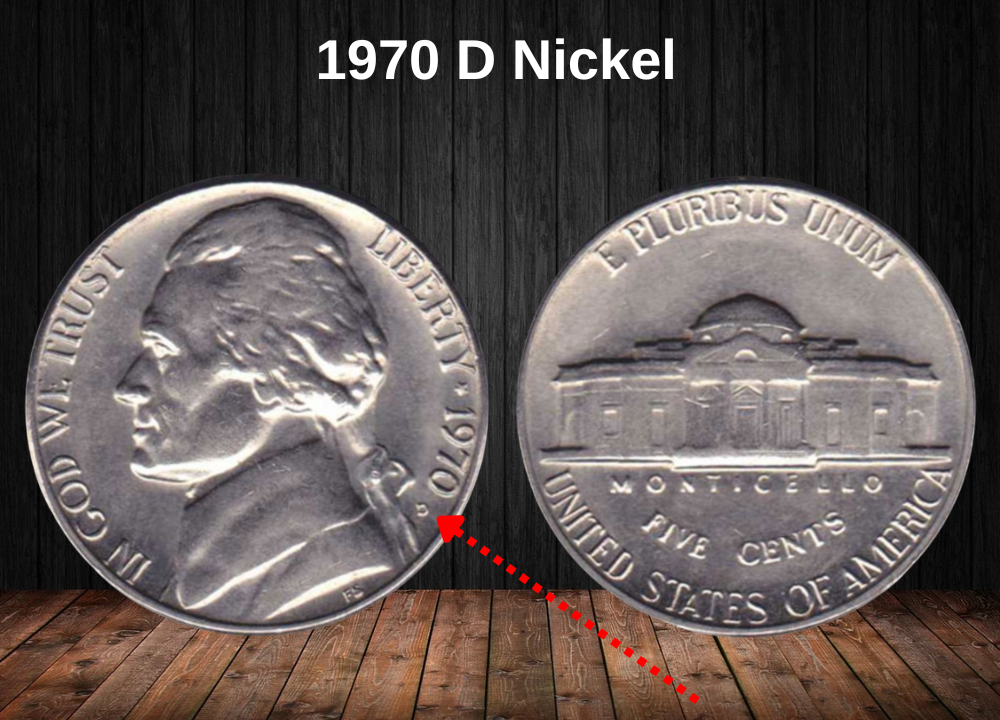
Mintage: 515,485,380
- Circulated: Face value
- MS60: $1
- MS65: $20
- MS67: $500+ (very rare)
- FS MS64: ~$2,150
- FS MS66 (only one known): ~$10,500
The Denver Mint struck over half a billion nickels in 1970, but Full Steps examples are extremely rare. PCGS estimates only ~500 survive with FS.
1970 S Nickel Value
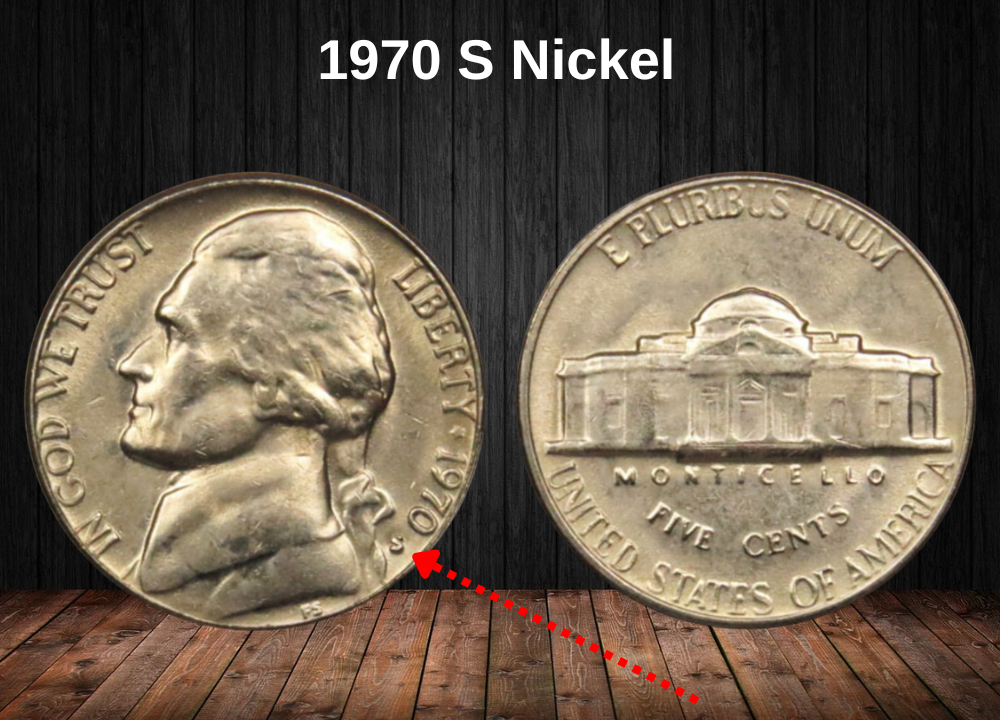
Mintage: 214,000,000
- Circulated: Face value
- MS60: $1 (FS: $32)
- MS65: $22 (FS: $500)
- MS66: $46 (FS: $3,250)
San Francisco’s strike quality was generally weak, making high-grade FS examples desirable. PCGS values MS66 FS coins at $3,250.
1970 S Proof Nickel Value
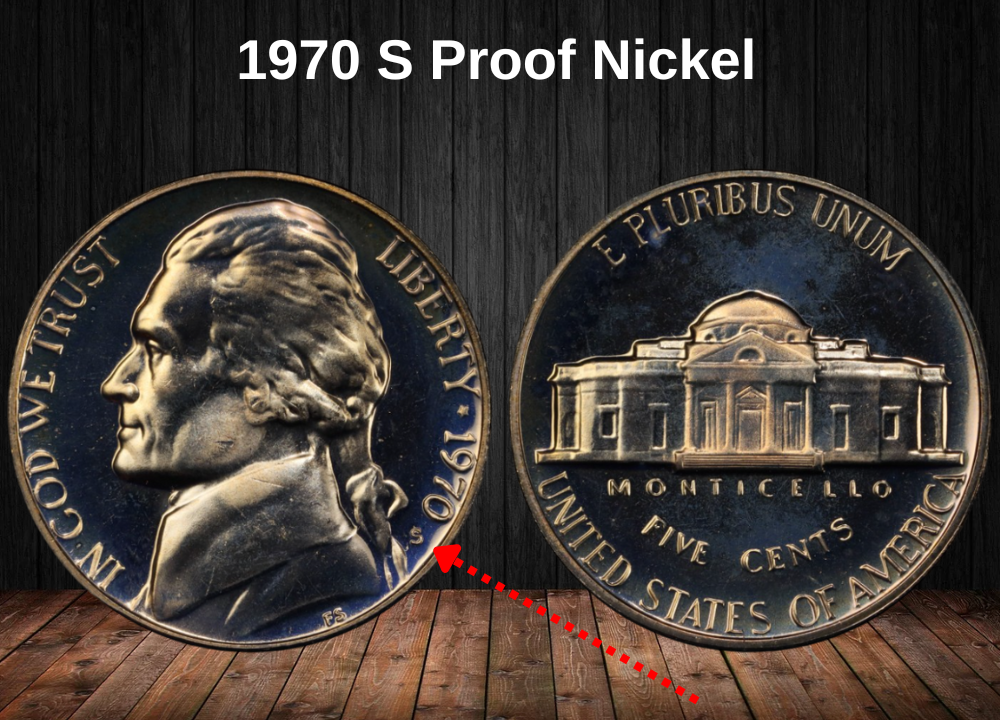
Mintage: 2,632,810
Proofs come in three finishes:
- Regular Proof
- Cameo (CAM)
- Deep Cameo (DCAM)
Values:
- PR60: $1 (CAM: $1, DCAM: $3)
- PR65: $1 (CAM: $4, DCAM: $5)
- PR67: $3 (CAM: $8, DCAM: $17)
- PR69: $10 (CAM: $18, DCAM: $375 for DCAM)
DCAM proofs at PR69 are the most valuable, especially with perfect surfaces.
Rare 1970 Nickel Error List
1970 S Nickel – Double Struck and Broadstruck

In rare cases, a coin can leave the press with more than one error type — and that’s exactly what happened to this 1970-S Jefferson nickel.
After its first strike, the coin was not ejected from the press. Instead, it received a second strike. Before that second strike, it somehow slipped out of the collar (the retaining ring that keeps the coin in shape), causing it to be broadstruck — meaning the metal expanded beyond the normal edge.
To make it even more unusual, the second strike occurred through another planchet, partially covering and distorting the obverse design.
This unique combination of errors, plus the fact that the coin was graded MS67 Full Steps by NGC, made it highly desirable. Even better, it was sold together with the coin it struck through (an “obverse die cap” error) as a single lot.
Auction Price: Over $2,000.
1970 D Nickel – Two Obverse Die Breaks
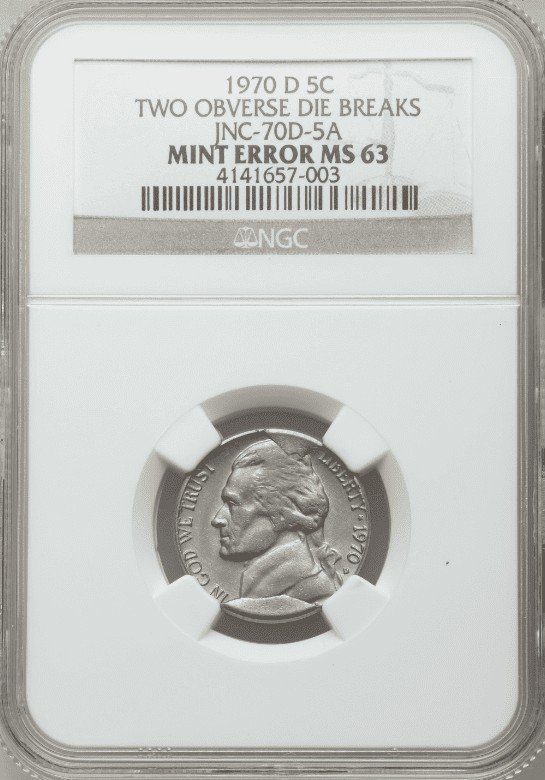
A die break happens when a section of the striking die cracks or breaks away, leaving a raised, unstruck area on the coin.
One example from the Denver Mint showed two separate die breaks — one at the top and another at the bottom of the obverse. These breaks created noticeable bulges near the rim.
Graded MS63 by NGC, this coin’s combination of rarity and visible defects made it appealing to error collectors.
Auction Price: Over $200.
Where to sell your nickel?
Now that you’re aware of your nickel’s value, you may be curious about the best places to sell it. Don’t worry: here’s a rundown of some top online marketplaces where you can conveniently sell your nickels, along with their benefits and drawbacks.
Explore the best platforms for selling nickels online (advantages and disadvantages).
FAQ
How rare is a 1970 nickel?
Circulated 1970 nickels are easy to find. However, high-grade Full Steps examples — particularly those from the Denver Mint — are very rare and can be worth thousands of dollars.
Does a 1970 nickel have silver?
No. It’s made of 75% copper and 25% nickel. Only wartime nickels from 1942–1945 contain 35% silver.
What is a “Full Steps” 1970 nickel?
A Full Steps (FS) nickel shows all six steps of Monticello clearly without wear or weak strikes. These are highly sought after by collectors and bring a significant premium.
Where is the mint mark on a 1970 nickel?
The mint mark (“D” for Denver or “S” for San Francisco) is located on the obverse, to the right of Jefferson’s braid and just below the date.
What is the most valuable 1970 nickel ever sold?
A 1970-D Jefferson nickel with Full Steps graded MS66 by PCGS sold for over $10,000 due to its rarity and strike quality.
Are 1970 proof nickels worth collecting?
Yes. Proof nickels from San Francisco, especially those with Cameo or Deep Cameo designations in high grades (PR69), can bring hundreds of dollars.
Do 1970 nickels have any notable errors?
Yes. Notable errors include double strikes, broadstrikes, die breaks, and coins struck on the wrong planchet (such as a dime planchet). These can fetch from hundreds to thousands at auction.
How can I tell if my 1970 nickel is a proof coin?
Proof coins have mirror-like surfaces, sharp details, and were sold in special collector sets. All 1970 proof nickels have the “S” mint mark for San Francisco.
Should I clean my 1970 nickel before selling it?
No. Cleaning coins can lower their value significantly. Collectors prefer coins in original, unaltered condition.
Where can I sell my 1970 nickel?
You can sell them through auction houses (like Heritage Auctions), coin dealers, online marketplaces (eBay), or specialized coin forums.

